Oil skimmers are simple, dependable and effective tools for removing oil, grease and other hydrocarbons from water. They usually pay for themselves within a few months. In order to ensure the oil skimmer you choose is right for your operation, there are certain steps you can follow.
Understand the Basics
First, understand that while designs vary, all oil skimmers rely on the fluid properties of specific gravity and surface tension. Most use a moving medium to remove floating oil from the fluid's surface. Floating oil and grease cling to skimming media more readily than water. This allows media in the shape of a belt, disk, drum, etc. to pass through the fluid surface and pick up floating oil and grease while rejecting most of the water. The oily material is subsequently removed from the media with wiper blades or pinch rollers.
Ensure Your Application Applies
When properly selected and applied, oil skimmers are highly economical solutions for separating oil from water to allow its reuse or safe disposal. However, there are certain applications that can expect optimal results. Typical applications best suited for oil skimmers encompass wastewater sumps, coolants and cutting fluids, heat treating operations, parts washers, food processing facilities, parking lots, garages, service facilities, outdoor ponds/lakes/basins, recovery/monitoring wells, remediation processes, and many more.
Select by Application
There are several types of industrial oil skimmers. Choosing one best suited for your application will maximize oil removal while minimizing capital outlay and skimmer operating costs. You may define the application in terms of the following characteristics: operating Conditions, hazardous materials, temperature/viscosity, skimmed water content, residual oil, portability, tank or sump characteristics, size/design, shape, and location/installation.
Determine the Right Design
For industrial oil skimming, there are six basic designs commonly used in moving media skimmers. (Suction skimmers are excluded, as they are generally unsuitable except for relatively thick (1/4 inch) layers of oil; otherwise they tend to ingest large amounts of water.) In more demanding situations, skimming is a cost-effective means of removing most of the oil before using more complicated and costly treatments, such as coalescers, membrane filters and chemical processes.
Consider All the Options
All moving media skimmers use motors to move the belt, tube, disk, etc. While many are designed with standard, industrially rated, continuous-duty motors and also may use fully enclosed speed reducing drives, some can be specified with a number of motor options. Consider also any optional equipment that may be available with the skimmer you are evaluating. Accessories allow customized systems that can ease installation and optimize performance. Some of the more common options include: special drive components, mounting stands and adapters, shelters/ enclosures, controls/accessories, concentrator, and heaters.
Get free white paper to help you avoid the common mistakes that are made when purchasing an oil skimmer.

To learn more about oil skimmers, please contact our experts at 440-543-7400 or visit our website: www.abanaki.com


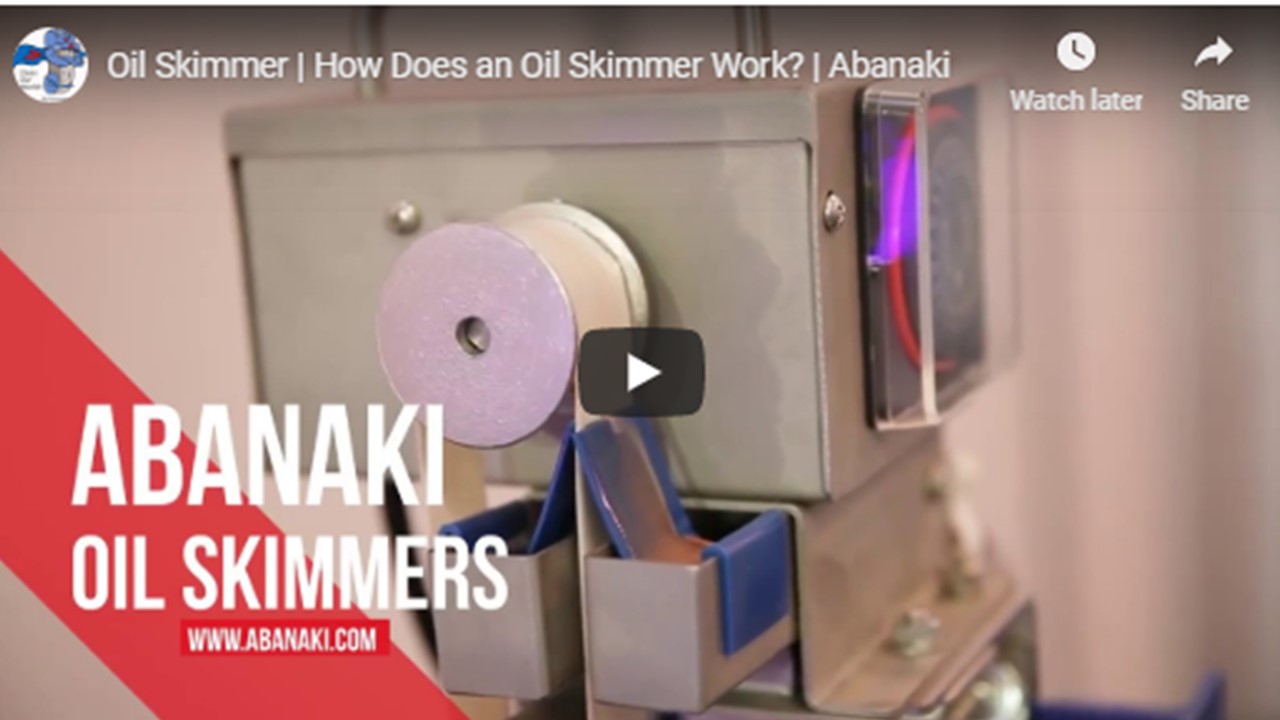

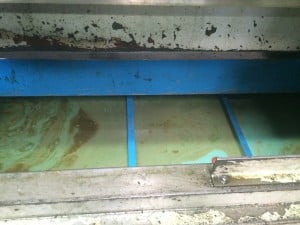

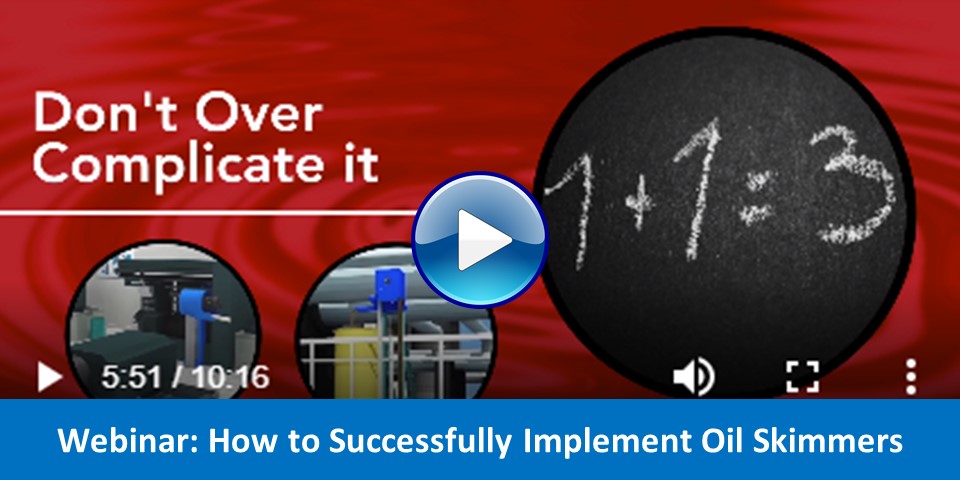


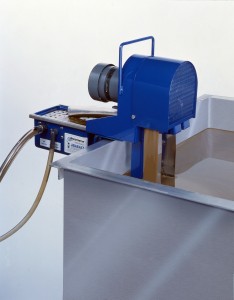


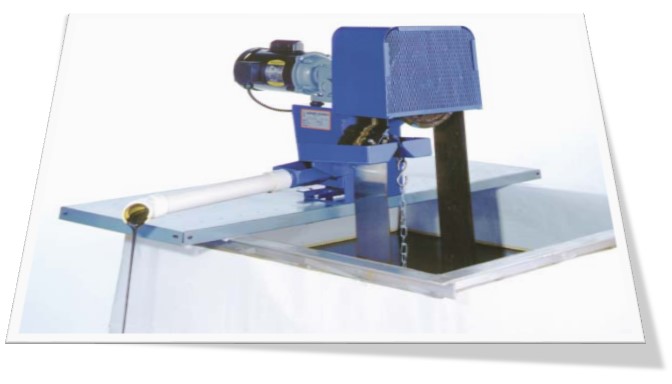

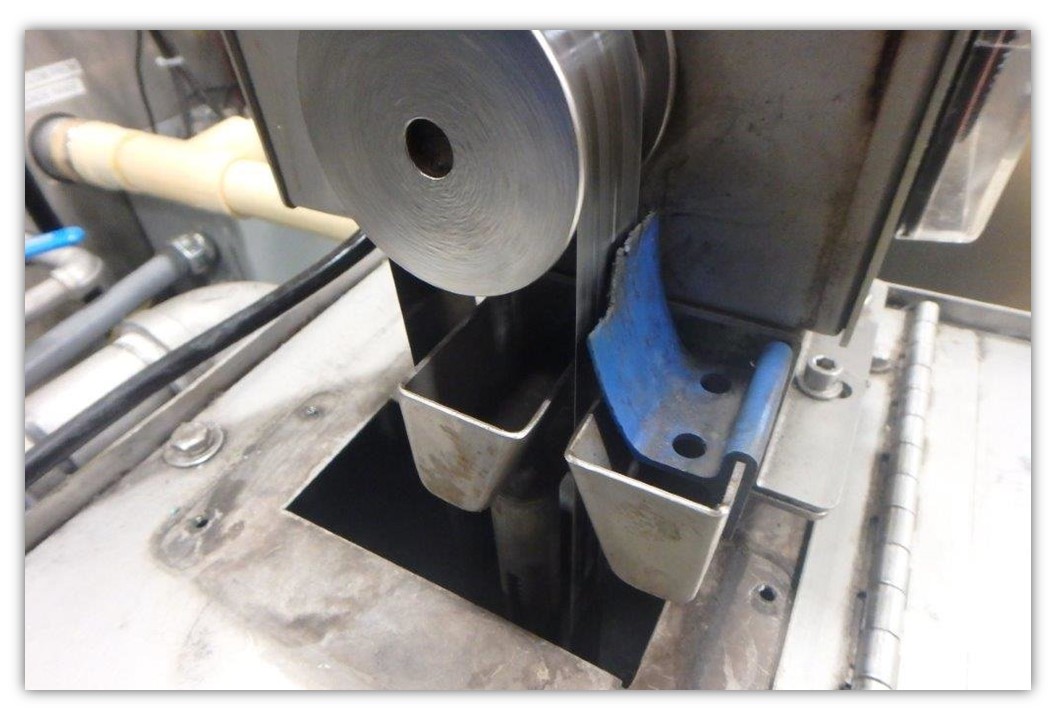

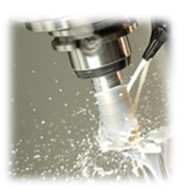 When
When 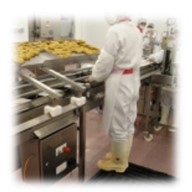
 Where floating oils are present, oil skimmers provide inexpensive and effective removal, solving a serious
Where floating oils are present, oil skimmers provide inexpensive and effective removal, solving a serious 
